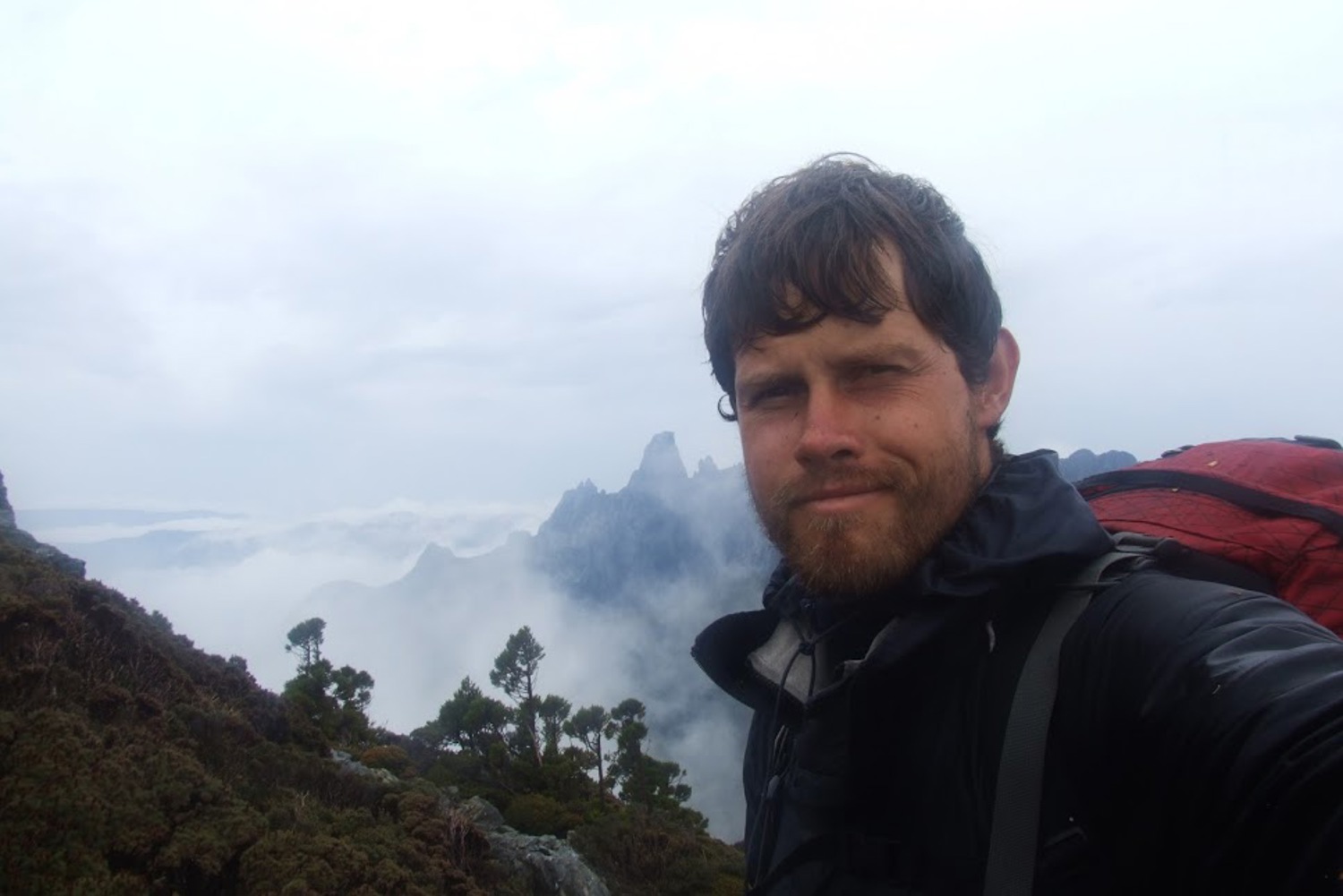Explorer and adventurer Louis-Philippe Loncke completed his expedition to Tasmania, Australia, on Monday, crossing the island from north to south in 52 days without resupplying during the southern winter.
The Belgian, who walked some 500 kms carrying dozens of kilogrammes of food and equipment, arrived in good health, but lost 16 kilos at the end of his extreme trek.
Louis-Philippe Loncke (41) became the first adventurer to cross the island of Tasmania during the Australian winter, without any food or gas supplies, taking no passable roads and sleeping in tents every night.
“I never thought about giving up, but I’ve never cried so much. I use the word ‘punishment’, because it was so hard," he said. "The cold, the hunger, the poor sleep, the physical suffering. So much so that at some point the mind gives out,” Louis-Philippe Loncke told Belga News Agency.
This is not the first time the Belgian has taken on such challenges, but out of 16 expeditions, this was “the longest and hardest.”
The adventurer set off at the beginning of August from the town of Penguin in the north of the Australian state and reached Cockle Creek, at the southern tip of the island, 52 days later. To guarantee his complete independence during the expedition, he took along nearly 60 kilos of equipment and supplies. “With such a heavy rucksack, you have to go slowly and pay attention to every step. One false step and it’s a direct accident,” he explained.
Loncke had planned to carry 30 kilos of food for 40 days (around 750 grammes per day), but as the trek turned out to be longer than expected, his rations were drastically reduced during the last two weeks.
He also carried winter camping equipment and a small inflatable packraft, which he used on a dozen occasions to paddle across four lakes and down two rivers. “When I paddled, I was treated to all seasons: sun, hail, storms, incredible conditions,” the intrepid adventurer said.
The weather was a major obstacle during the crossing, with sub-zero temperatures “comparable to an Ardennes winter.” A cold snap, complete with snow, marked the start of the journey, but Loncke was able to take advantage of “three days of ideal conditions to climb Mount Ossa,” the highest mountain on the island at 1,617 metres.
In preparation for the challenge, the explorer had gained 10 kilos in body weight before setting off, to reach 83 kilos. After a month and a half expedition, he weighed just 67 kilos. The Belgian has put his experience at the service of science and describes himself as an “outdoor laboratory rat” for the Maison des Sciences de l’Homme Paris Nord (University of Paris 13).
As part of cognitive and psychological research into decision-making under stress in extreme environments, he carried out regular tests since the beginning of August. Every three days, he had to record himself performing certain tasks related to concentration and memorisation.
Proud of having taken up a historic challenge, the Belgian marvels at having been able to “reach the summit of Mount Cradle, observe the bluish-green curtain of an aurora australis (southern lights) as well as a multitude of rainbows over the lakes.”
Tasmania is a popular destination for hiking in the national parks that cover a large part of its unique biotope.
The Mouscron native has already completed other extreme treks, notably in Bolivia and California. In Australia, he also completed a 300-km trek across the Simpson Desert, and explored 15 Tasmanian peaks in 2006 and 2007 - in 49 days.
His achievements earned him the title of 'European Adventurer of the Year 2016' at last year’s Ispo outdoor sports fair in Munich.
Louis-Philippe Loncke will be back in Brussels on 5 October and plans to write a book about his two Tasmanian expeditions.

